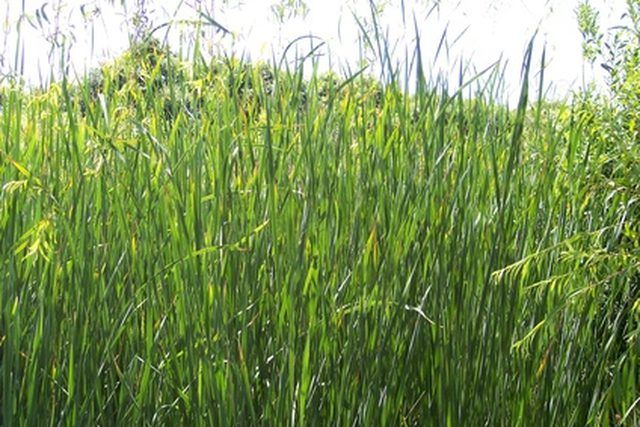Bulbs
Flower Basics
Flower Beds & Specialty Gardens
Flower Garden
Garden Furniture
Garden Gnomes
Garden Seeds
Garden Sheds
Garden Statues
Garden Tools & Supplies
Gardening Basics
Green & Organic
Groundcovers & Vines
Growing Annuals
Growing Basil
Growing Beans
Growing Berries
Growing Blueberries
Growing Cactus
Growing Corn
Growing Cotton
Growing Edibles
Growing Flowers
Growing Garlic
Growing Grapes
Growing Grass
Growing Herbs
Growing Jasmine
Growing Mint
Growing Mushrooms
Orchids
Growing Peanuts
Growing Perennials
Growing Plants
Growing Rosemary
Growing Roses
Growing Strawberries
Growing Sunflowers
Growing Thyme
Growing Tomatoes
Growing Tulips
Growing Vegetables
Herb Basics
Herb Garden
Indoor Growing
Landscaping Basics
Landscaping Patios
Landscaping Plants
Landscaping Shrubs
Landscaping Trees
Landscaping Walks & Pathways
Lawn Basics
Lawn Maintenance
Lawn Mowers
Lawn Ornaments
Lawn Planting
Lawn Tools
Outdoor Growing
Overall Landscape Planning
Pests, Weeds & Problems
Plant Basics
Rock Garden
Rose Garden
Shrubs
Soil
Specialty Gardens
Trees
Vegetable Garden
Yard Maintenance
How to Get Rid of Grass Stickers in a Yard in Florida
How to Get Rid of Grass Stickers in a Yard in Florida. Grass stickers, which are also called grass burrs, are a weed that grows in the spring and summer months in Florida. When the weeds are young, the grass stickers are green and pliable. As the weed ages, the grass stickers dry and become hard. These grass spikes are painful if stepped on by...

Grass stickers, which are also called grass burrs, are a weed that grows in the spring and summer months in Florida. When the weeds are young, the grass stickers are green and pliable. As the weed ages, the grass stickers dry and become hard. These grass spikes are painful if stepped on by humans and often get tangled in the fur of pets. Getting rid of grass spurs is similar to ridding the yard of any other type of pervasive weed.
Things You'll Need
Lawn mower
Grass clipping catcher
Rake
Herbicide
Garden sprayer
Water
Fertilizer
Spreader
Pre-emergent herbicide
Mow the lawn with a lawn mower that has a grass clipping catcher attached to it. If you do not have a grass clipping catcher, simply mow the lawn and then rake up the clippings with a rake. Removing the clippings removes the mature burrs before they can spread additional seed.
Open a garden sprayer and pour in the amount of herbicide for your size lawn as directed by the manufacturer's instructions. Some herbicides must be diluted with water before application.
Point the nozzle of the garden sprayer towards the grass and spray the entire surface of the lawn with a thin, even layer of the herbicide spray. Concentrate the spray on any dense growth of sticker weeds.
Mow the lawn every two weeks and water it with 3/4 to 1 inch of water per week. This increases the grass growth which will crowd out the grass sticker weeds.
Fertilize the grass in the fall with an all-purpose grass fertilizer. Read the fertilizer packaging to determine the proper dosage for your size lawn. Place the fertilizer granules into a spreader and walk across the lawn to distribute the fertilizer.
Apply a pre-emergent herbicide in late January or February, when the soil temperature reaches 52 degrees F. Sprinkle the pre-emergent herbicide granules over the lawn using a spreader. Water the lawn immediately to soak the herbicide into the soil. The pre-emergent herbicide will prevent any remaining grass sticker seeds from sprouting.
Tips & Warnings
Do not use a broad leaf herbicide as it will kill the grass as well as the grass stickers. Choose a herbicide formulated for use on lawns.